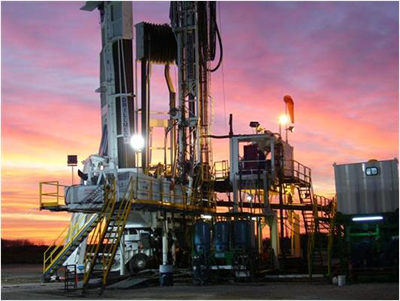 During the January 2012 Dinner Meeting of the Delaware Valley Geo-Institute Chapter, the Geosynthetic Institute’s (GSI) Drs. Robert Koerner and George Koerner will speak on the subject of “Geosynthetics Issues with Marcellus Shale Development.”
During the January 2012 Dinner Meeting of the Delaware Valley Geo-Institute Chapter, the Geosynthetic Institute’s (GSI) Drs. Robert Koerner and George Koerner will speak on the subject of “Geosynthetics Issues with Marcellus Shale Development.”
The dinner will be held 17 January 2012 at the Radisson Valley Forge. (Meeting at 5:30 pm; dinner at 6:30; presentation at 7:15.)
For those interested and able to attend, online registration is possible at www.dvgi.org.
GSI on Geosynthetics and Shale Energy Resource Development
Among its many international activities, the Geosynthetic Institute publishes a number of White Papers on key geosynthetics topics that are in need of greater discussion. White Paper #20 from GSI’s Geosynthetic Research Institute (GRI) was published in August 2011 on the subject of “Geosynthetic Opportunities Associated with Shale Gas Extraction.” The paper (available for PDF download here) addresses the vast increase in shale gas permitting, particularly in the Marcellus Shale formation. There, 117 permits for extraction were issued in 2007; but in 2010, 3300 permits were issued.
Shale gas extraction is an environmentally intensive process, requiring significant energy and water resources, such as in the use of hydraulic fracturing (or fracking) techniques.
The GRI paper takes a look at the complexity of shale gas harvesting and necessary environmental controls. Geosynthetics are playing key roles here for fracking pit containment, underdrain management, soil separation, rainwater harvesting, dewatering, and much more.
DVGI’s Dinner
 According to the newly released event invitation, the Koerners’ presentation will shed some light on the best management practices involved with these activities. Divided into two parts, the talk will involve Bob Koerner delivering an overview of natural gas as an energy source and thehuge potential for shale gas. The focus will be placed on the Marcellus formation and its immediate impacts on the energy market. Horizontal drilling and hydrofracking will be described as well as the associated environmental concerns. In this regard, the most important are felt to be sealing the vertical well and surface pollution from a number of sources. This second issue of surface pollution is nicely addressed by proper use of geosynthetics which will be presented by George Koerner.
According to the newly released event invitation, the Koerners’ presentation will shed some light on the best management practices involved with these activities. Divided into two parts, the talk will involve Bob Koerner delivering an overview of natural gas as an energy source and thehuge potential for shale gas. The focus will be placed on the Marcellus formation and its immediate impacts on the energy market. Horizontal drilling and hydrofracking will be described as well as the associated environmental concerns. In this regard, the most important are felt to be sealing the vertical well and surface pollution from a number of sources. This second issue of surface pollution is nicely addressed by proper use of geosynthetics which will be presented by George Koerner.
One PDH is available for attendance.











